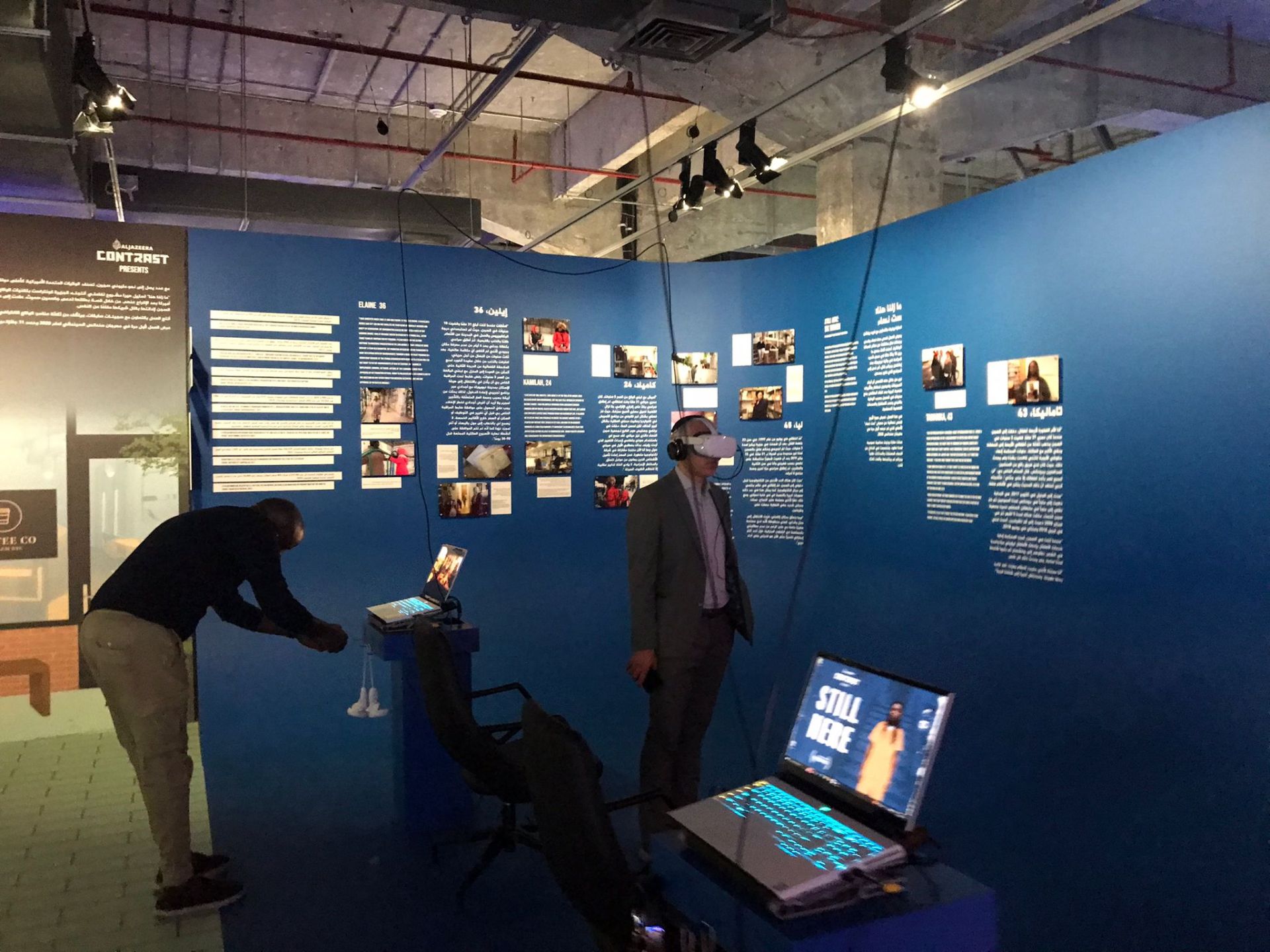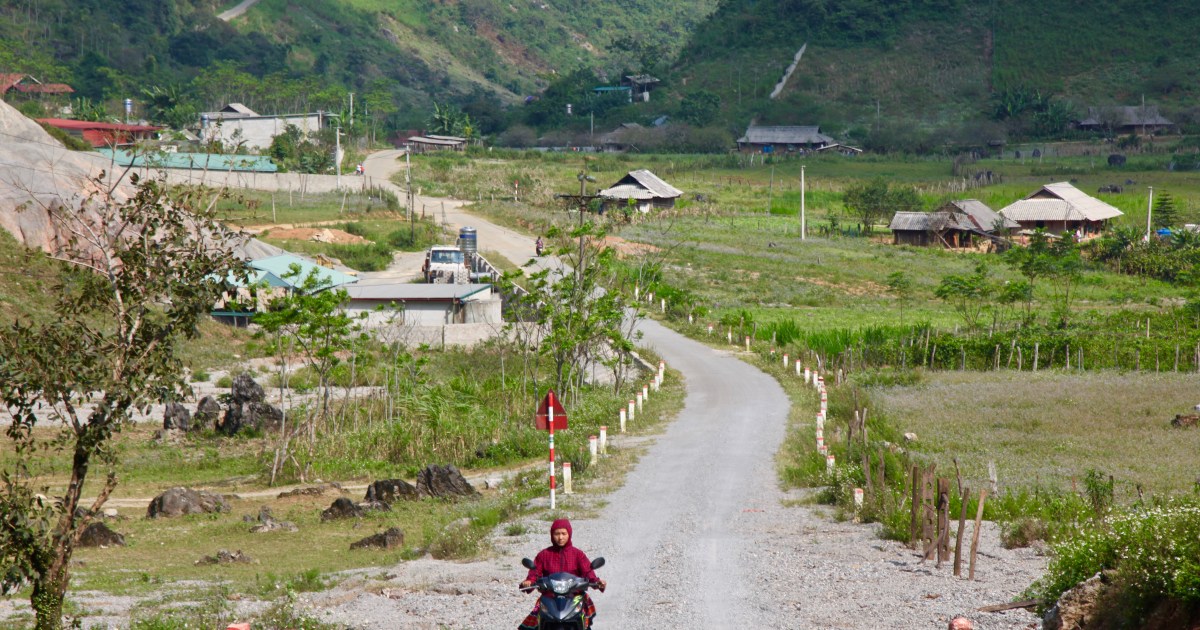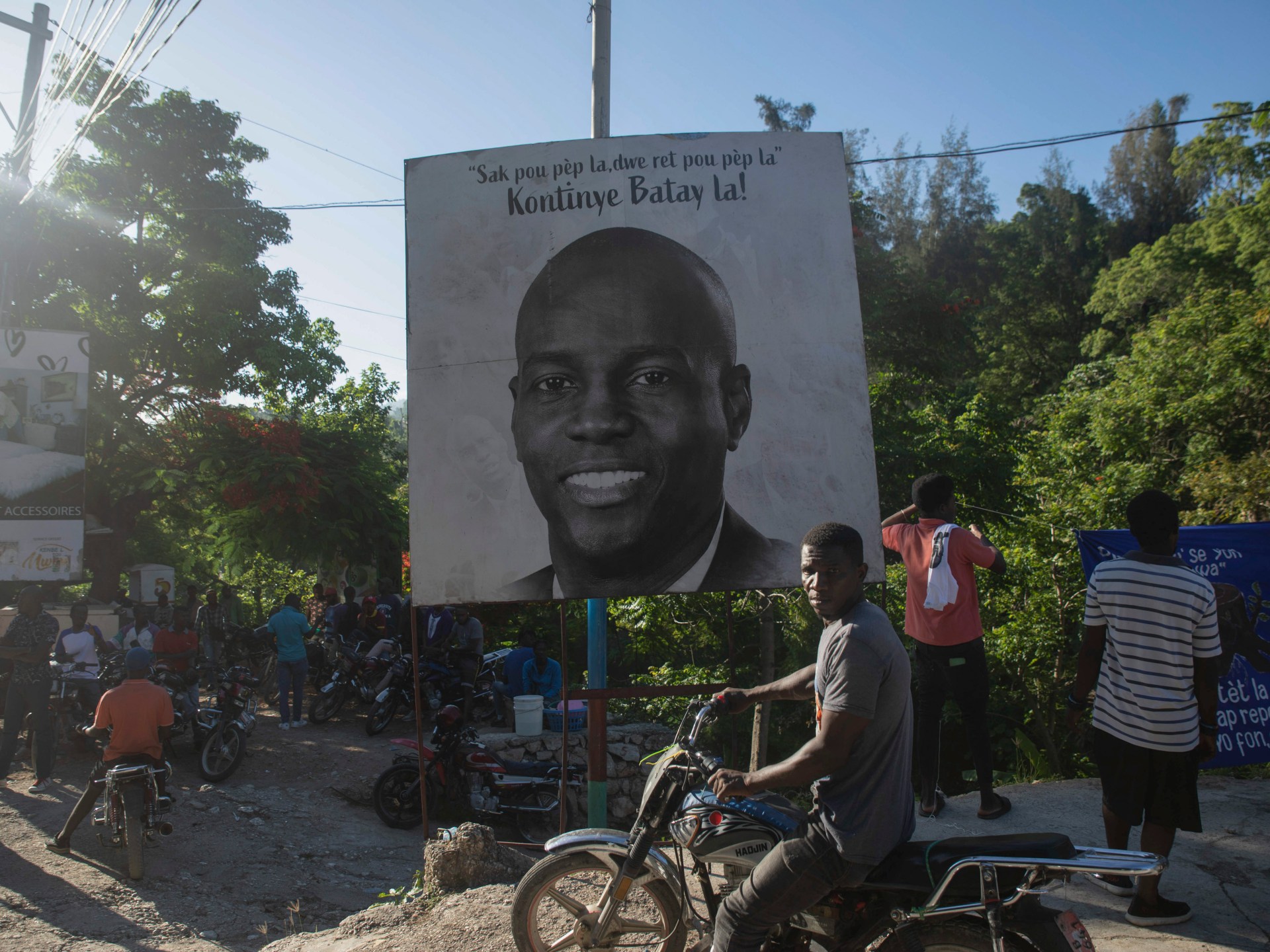Exhibition spotlights evolution of Al Jazeera | Arts and Culture News
Al Jazeera first went on air with its Arabic-language TV channel on November 1, 1996, with a team of some 250 staff, and has since evolved over more than a quarter of a century into a global media network.
Exploring the Qatar-based media network’s trajectory over the past 25 years, the “Experience Al Jazeera” multimedia exhibition has opened for the public at the Fire Station, Doha’s leading contemporary art space.
“We speak about the mission and vision behind Al Jazeera, which was founded under the initiative of His Highness, the father emir, Sheikh Hamad bin Khalifa Al Thani, who really saw a need in the region for a channel that is independent and enjoys a freedom of media that has not historically existed, especially in the region,” curator and museography manager of the exhibition Anaghime Ziani told Al Jazeera.
A total of six sections have been organised in a sequential, chronological thread, she said.
“We start with a component that is very well-known about Al Jazeera, and through that starting point, we explore the corresponding themes,” Ziani said.
The exhibition’s first theme is built around Al Jazeera’s slogan created shortly after the channel’s launch: “The opinion and the other opinion”.
“[The slogan] encapsulates the editorial standards that the network stands for, to portray the multiple sides to the story, the standards that the channel still stands for until this day,” Noora Al Hedfa, International Communications Officer at Al Jazeera said.
![Exhibition [Mersiha Gadzo/Al Jazeera]](https://www.aljazeera.com/wp-content/uploads/2022/11/WhatsApp-Image-2022-11-01-at-3.45.17-PM.jpeg?w=770&resize=770%2C578)
As visitors enter the exhibition, large video installations play footage of the network’s reporting from the occupied Palestinian territory, the most recent Russia-Ukraine war, and from Tahrir Square during the 2011 Egyptian revolution.
As they move along, they are shown some of the risks and difficulties faced by Al Jazeera journalists.
The network has faced the jamming of its satellite signals, the closing and bombing of its offices, including in Baghdad and Gaza City, and harassment, persecution as well as targeted killings of its journalists.
Since its launch in 1996, 12 Al Jazeera journalists have been killed in the line of duty.
Most recently, Israeli forces shot dead Al Jazeera Arabic reporter Shireen Abu Akleh while she was covering a military raid in Jenin in the occupied West Bank in May. At the time she was wearing a helmet and flak jacket clearly marked with the word “PRESS”.
Witnesses, Al Jazeera, and numerous investigations by the United Nations, human rights groups, and media organisations found that Israeli forces shot Abu Akleh.
Israel initially claimed she may have been killed by Palestinian gunmen, but by September, Israeli authorities said there was a “high possibility” that Abu Akleh was “accidentally hit” by Israeli army fire.
![Exhibition [Mersiha Gadzo/Al Jazeera]](https://www.aljazeera.com/wp-content/uploads/2022/11/PHOTO-2022-11-01-15-57-32.jpg?w=770&resize=770%2C514)
On display are items by Arabic correspondent Tarek Ayoub, who died from severe injuries that he sustained when a US airstrike hit Al Jazeera’s Baghdad bureau in April 2003.
Visitors can view a collection of letters from Al Jazeera cameraman Sami al-Hajj from Guantanamo Bay where he was wrongfully detained for over six years. The only journalist to be detained at the site in Cuba, he was covering the US war against the Taliban, when he was arrested on false charges by Pakistani authorities in 2001.
He was held without trial and endured torture and interrogations until he was released in May 2008 as an innocent man, without charge.
![Exhibition [Mersiha Gadzo/Al Jazeera]](https://www.aljazeera.com/wp-content/uploads/2022/11/PHOTO-2022-11-01-15-57-37-2.jpg?w=770&resize=770%2C513)
A highlight of the exhibition is the Still Here installation, where visitors are invited to make use of virtual reality and augmented reality technology to immerse themselves in an award-winning multimedia project.
Created by AJ Contrast, Al Jazeera’s Emmy-nominated immersive storytelling and media innovation studio, Still Here explores the issue of incarceration and gentrification in the US, and was produced in collaboration with formerly incarcerated women.
By putting on a headset, visitors can accompany a character named Jasmine Smith as she returns home to Harlem in New York City after serving 15 years in prison for killing her partner in self-defence. The project premiered at the 2020 Sundance Film Festival and has received 11 international awards.
![Exhibition [Mersiha Gadzo/Al Jazeera]](https://www.aljazeera.com/wp-content/uploads/2022/11/WhatsApp-Image-2022-11-01-at-3.44.09-PM.jpeg?w=770&resize=770%2C578)
Guests can also check out production equipment from the 1990s and a smaller replica of an Al Jazeera studio equipped with cameras.
Al Jazeera today spans over 10 linear and digital channels in six languages and a network of over 70 bureaus worldwide, reaching over 400 million households.
Al Hedfa, told Al Jazeera that the media network has worked in collaboration with Qatar museums for more than two years to bring the exhibition to life.
The exhibition opened on November 2 and will run until March 25. Tickets cost 50 Qatari riyals ($14), but visitors aged 16 and under can enter for free.




